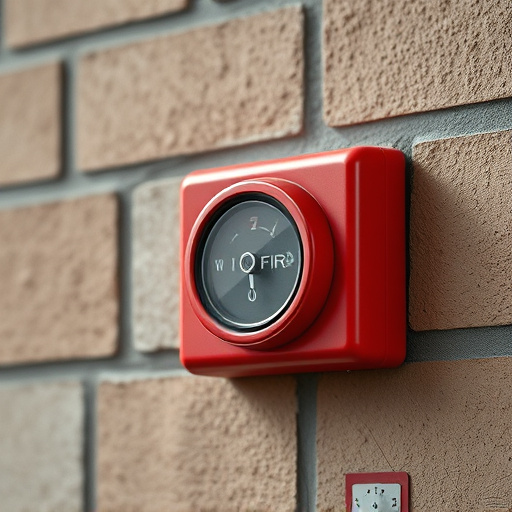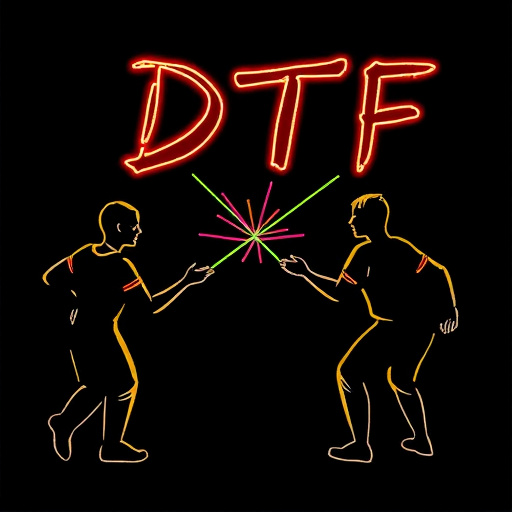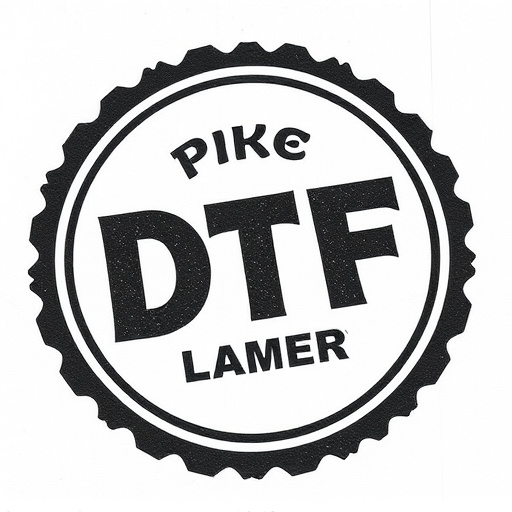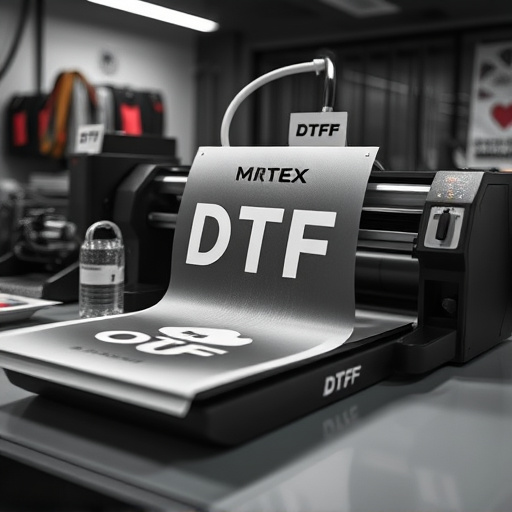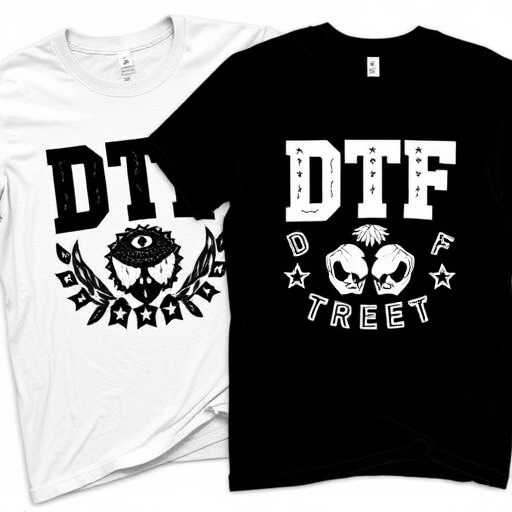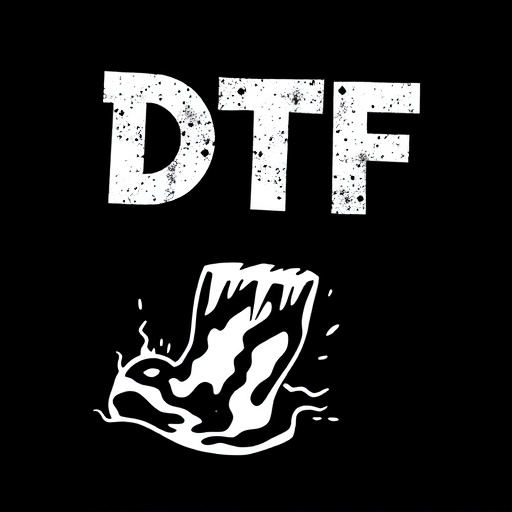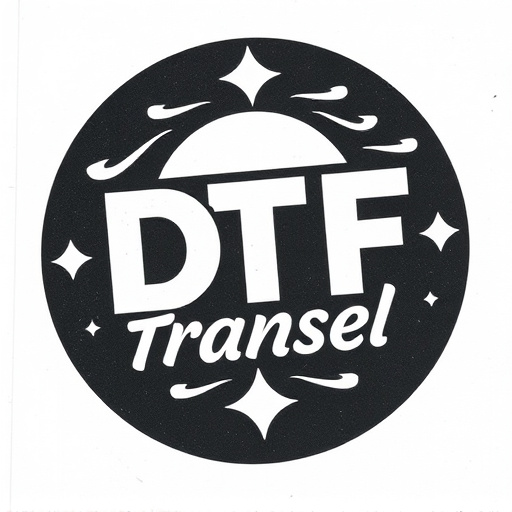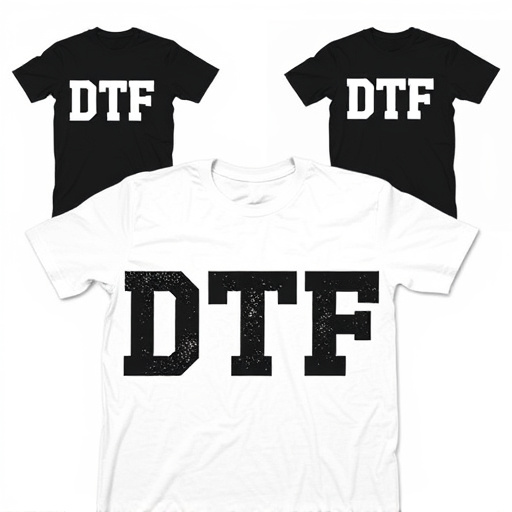Direct-to-Film (DTF) transfers are revolutionizing printing with vibrant, detailed prints from digital data. Ideal for custom art and signage, DTF offers indoor/outdoor solutions from murals to intricate designs. Top-tier printers and accessories ensure high-quality results, demanding precise calibration and advanced technologies for color accuracy. Streamlined workflows, client communication, and diverse material options drive customer satisfaction in this competitive market.
In the world of print and imaging, Direct-to-Film (DTF) transfers have emerged as a cutting-edge technology for professionals seeking high-quality results. This comprehensive guide delves into the intricacies of DTF printing, covering everything from understanding the process to mastering color accuracy and efficient workflows. Whether you’re a seasoned printer or new to DTF, this article equips you with the knowledge needed to create exceptional DTF prints that meet customer expectations. Discover the secrets to success in direct-to-film transfers.
- Understanding Direct-to-Film (DTF) Transfers: A Professional's Guide
- The Process of Creating High-Quality DTF Prints
- Choosing the Right Equipment for DTF Transfer Printing
- Mastering Color Accuracy and Image Quality in DTF Transfers
- Tips for Efficient DTF Production Workflows
- Customer Satisfaction: Delivering Exceptional DTF Print Experiences
Understanding Direct-to-Film (DTF) Transfers: A Professional's Guide
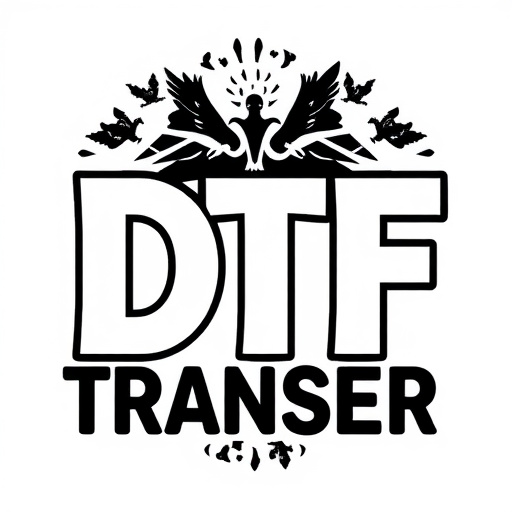
Direct-to-Film (DTF) Transfers are a cutting-edge process in the printing industry, revolutionizing how we reproduce images and art on various surfaces. This method involves transferring digital data directly onto film, which can then be used for a multitude of applications, from high-quality prints to specialized materials like glass or metal. Professionals in this field must master the intricacies of DTF technology to deliver exceptional results.
A key advantage of DTF Transfers is their ability to produce vibrant, detailed prints with minimal post-processing. This process streamlines production, making it an attractive option for custom art, signage, and even promotional materials. By understanding the capabilities and limitations of different DTF printing techniques, professionals can guide clients in choosing the best approach for their needs, whether it’s for indoor or outdoor displays, large-scale murals, or intricate graphic designs.
The Process of Creating High-Quality DTF Prints

The process of creating high-quality DTF (Direct-to-Film) prints involves several meticulous steps to ensure optimal results. It starts with preparing the original material, whether it’s a photo, painting, or artwork, for digital scanning. This step is crucial as it determines the print’s accuracy and detail. Advanced scanners capture each element of the original, from subtle textures to vibrant colours, ensuring every nuance is preserved.
Once scanned, the image is converted into a format suitable for DTF printing. Skilled technicians use specialized software to enhance and adjust the file, guaranteeing a perfect balance between the original’s aesthetic and the printing medium’s capabilities. The final stage involves applying the image to a film sheet using precise techniques, ensuring a sharp and clear transfer. This meticulous process results in exceptional DTF prints that capture the essence of the original work, making them highly sought-after by art enthusiasts and collectors alike.
Choosing the Right Equipment for DTF Transfer Printing

Selecting the appropriate equipment is paramount for achieving high-quality DTF (Direct-to-Film) Transfer printing results. This includes investing in top-tier printers designed specifically for DTF applications, as they offer precise control over ink delivery and substrate handling. The right printer should support a range of media types and sizes to cater to diverse customer needs. Additionally, advanced features like high resolution, vibrant color accuracy, and fast printing speeds significantly enhance productivity and ensure DTF prints meet the highest standards.
Complementing the printer, essential accessories such as specialized inks, masks, and precision tools are crucial. High-performance inks formulated for DTF Transfer guarantee vivid colors and long-lasting durability on various materials. Masks, which act as templates, enable precise cutting and placement of designs. Precision tools, including scalpel knives and laminators, facilitate the intricate process of applying and sealing the transfer onto the final substrate, ensuring a seamless finish.
Mastering Color Accuracy and Image Quality in DTF Transfers

In the realm of direct-to-film (DTF) transfers, achieving unparalleled color accuracy and image quality is paramount for satisfying customers. The process involves a meticulous calibration of printing machines to replicate original film hues with exacting detail. This requires a deep understanding of color theory and the latest technologies to ensure DTF prints mirror the cinematic experience intended by filmmakers.
Every step of the DTF transfer process, from inputting source material to the final print, demands precision. Professionals in this field employ advanced color management systems and specialized printing inks designed to capture subtle nuances and vibrancy. By rigorously testing and fine-tuning settings, they ensure that DTF prints not only look authentic but also maintain their integrity across different viewing conditions. This commitment to excellence guarantees customers receive high-quality, film-like DTF transfers that preserve the visual essence of their favorite movies and memories.
Tips for Efficient DTF Production Workflows
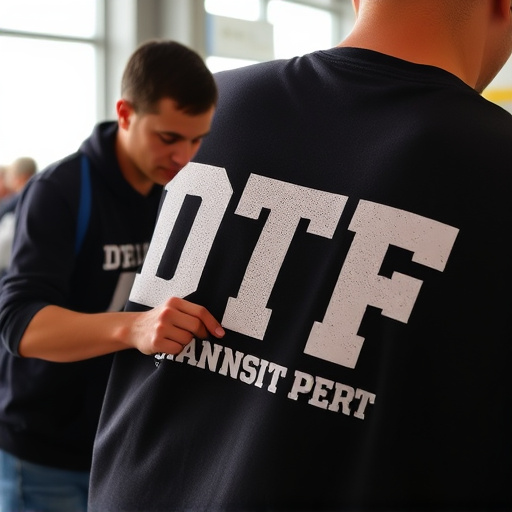
Creating high-quality direct-to-film (DTF) transfers efficiently requires a well-streamlined workflow. Start by ensuring your equipment, including printers and scanners, are regularly calibrated to maintain consistent color accuracy across all prints. Utilizing specialized DTF printing software can automate many tasks, reducing human error and saving time. Prepress preparation is key; optimizing images for DTF transfer by adjusting resolution, color profiles, and file formats ensures smoother production.
Organize your workflow logically: from customer file submission to proofing, printing, post-processing, and final delivery. Establishing clear communication channels with clients helps manage expectations and reduces revision requests. Regularly backing up files and maintaining a well-documented system for reference and troubleshooting also contributes to a seamless DTF production process.
Customer Satisfaction: Delivering Exceptional DTF Print Experiences

Customer Satisfaction is at the heart of any successful direct-to-film (DTF) transfer service. It involves more than just delivering high-quality DTF prints; it’s about creating an exceptional experience from start to finish. Professional printers understand that each customer has unique preferences and requirements, so they strive to offer personalized services. This includes providing a wide range of materials suitable for various projects, ensuring timely turnaround without compromising quality, and offering competitive pricing without sacrificing excellence.
By fostering open communication and actively seeking feedback, DTF transfer specialists can meet and exceed client expectations. They should be equipped to guide customers through the design process, recommend suitable print techniques for different art styles, and address any concerns promptly. Ultimately, a satisfied customer is more likely to become a repeat client and advocate for your business, ensuring long-term success in the competitive DTF printing market.

